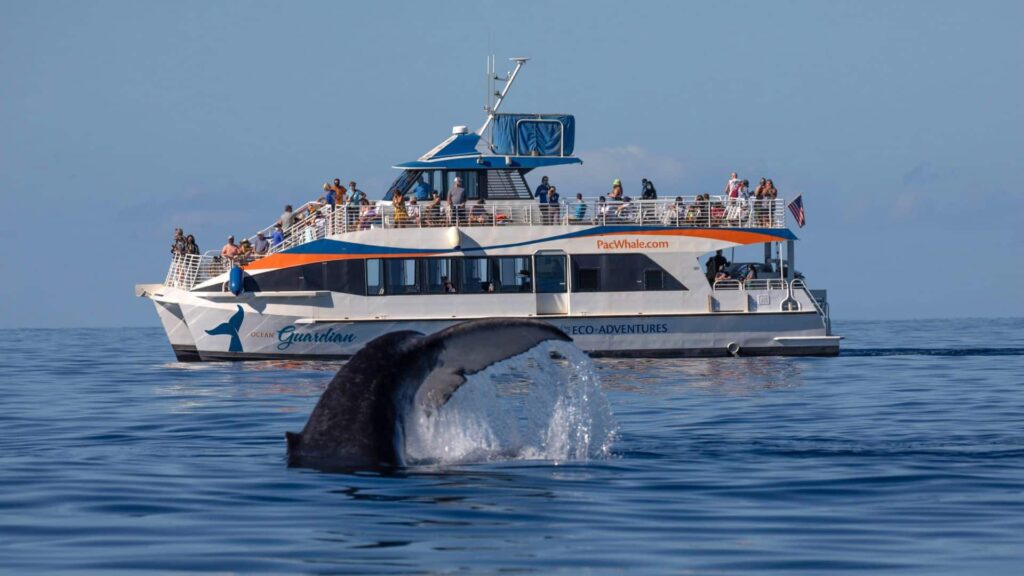
The largest known mammal on the planet
Blue whales are known for their mottled blue-gray color and deep, low-pitched vocalizations that can be heard underwater for hundreds of miles. Although they have been sighted traveling in small groups, blue whales generally are found alone or in pairs. They spend summers in polar feeding grounds and migrate to equatorial waters during the winter. As baleen whales, blue whales trap vast amounts of krill and other prey through filtration rather than using teeth. The largest individuals reportedly can eat up to 6 tons of krill daily. Unfortunately, blue whale populations have been significantly depleted by human activity, such as whaling, and they are currently listed as endangered.

Key statistics
Interesting facts about blue whales
They have varied mottling patterns that can be used to identify individuals
They can grow up to 90 feet and weigh more than 100,000 pounds, with Antarctic blue whales reaching close to 110 feet and 330,000-plus pounds.
They typically swim approximately 5 miles an hour, but can top 20 miles an hour in short bursts
Their lifespan is 80 to 90 years
Females are generally larger than males
How We’re Helping
Our cetacean research impacts whales globally
- Implemented sponsored field work for a blue whale project in Chile
- Identify cetaceans present in important marine ecoregions and assess population trends
- Identify and quantify the extent of major threats endangering these populations
- Guide science-based mitigation measures through enhanced management and/or policy
- Continue population monitoring and individual health assessments for impacted species
- Advocated for Ocean-Based Climate Solutions Act of 2021 (H.R. 8632)—national legislation that would provide ocean-based climate solutions and establish mandatory 10-knot vessel speed limits for vessels 49 feet or longer in designated areas of importance to marine mammals (The bill failed in Congress and was not enacted, however, PWF will continue advocating for similar provisions in a future companion or omnibus bill)

Publications
From Our Blog




